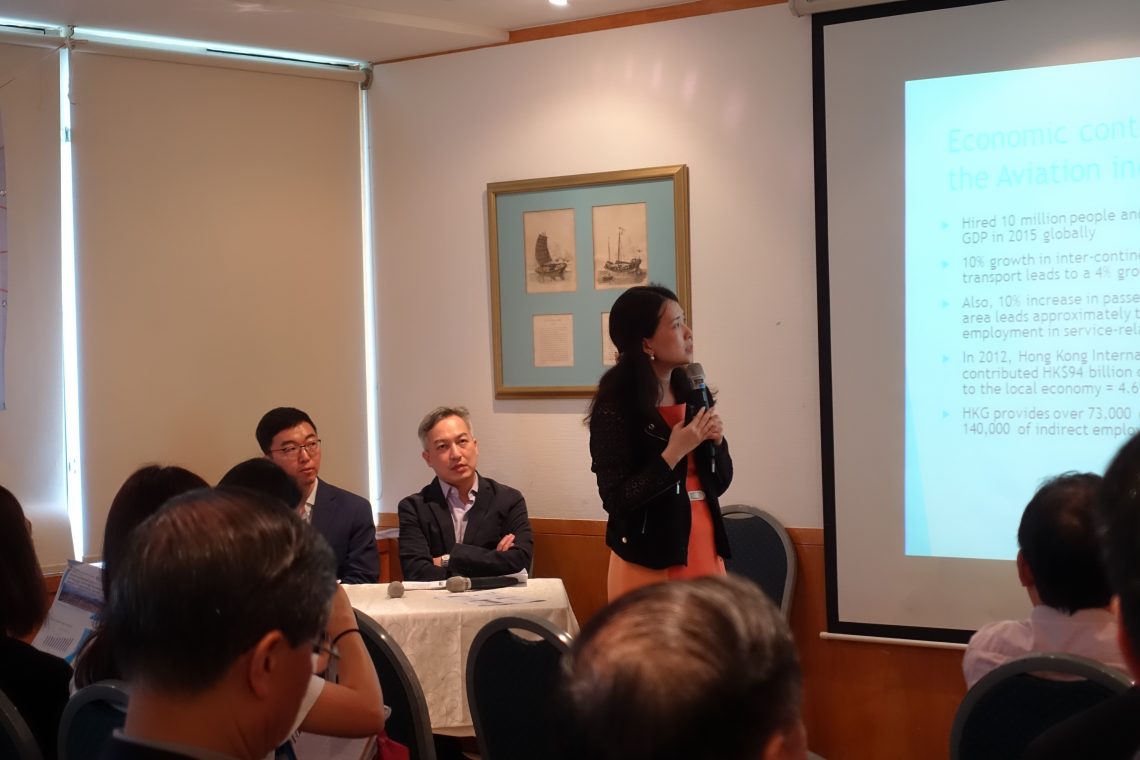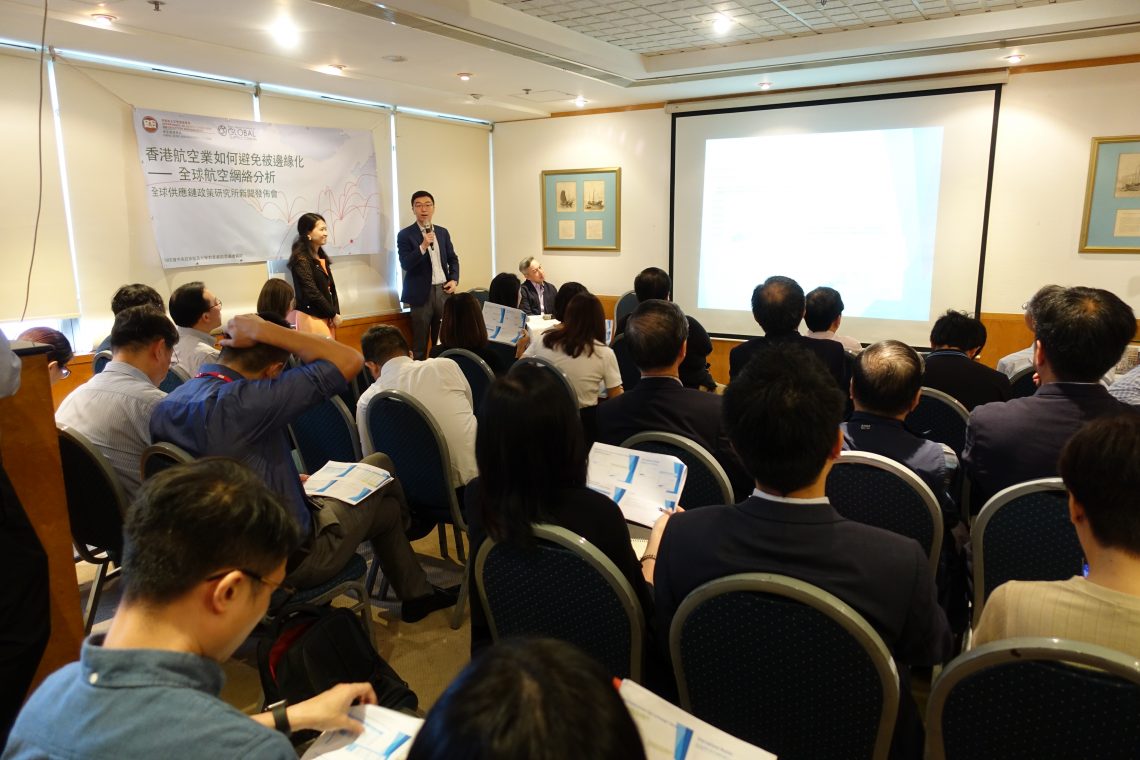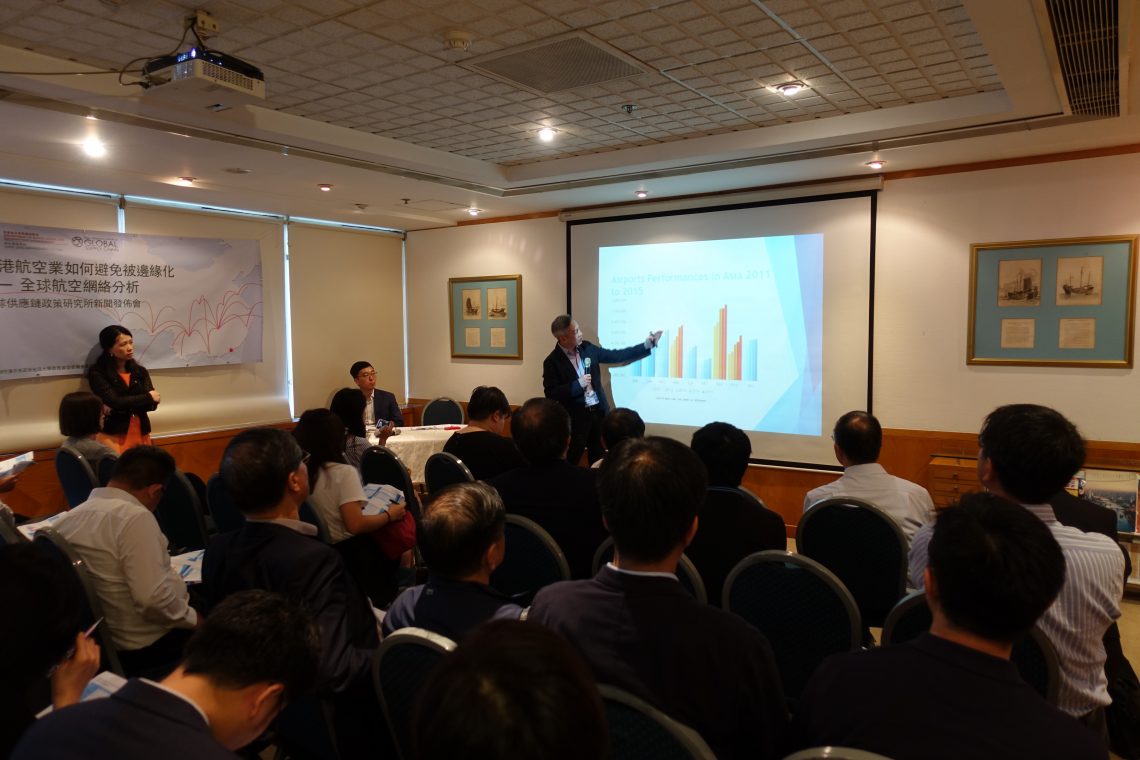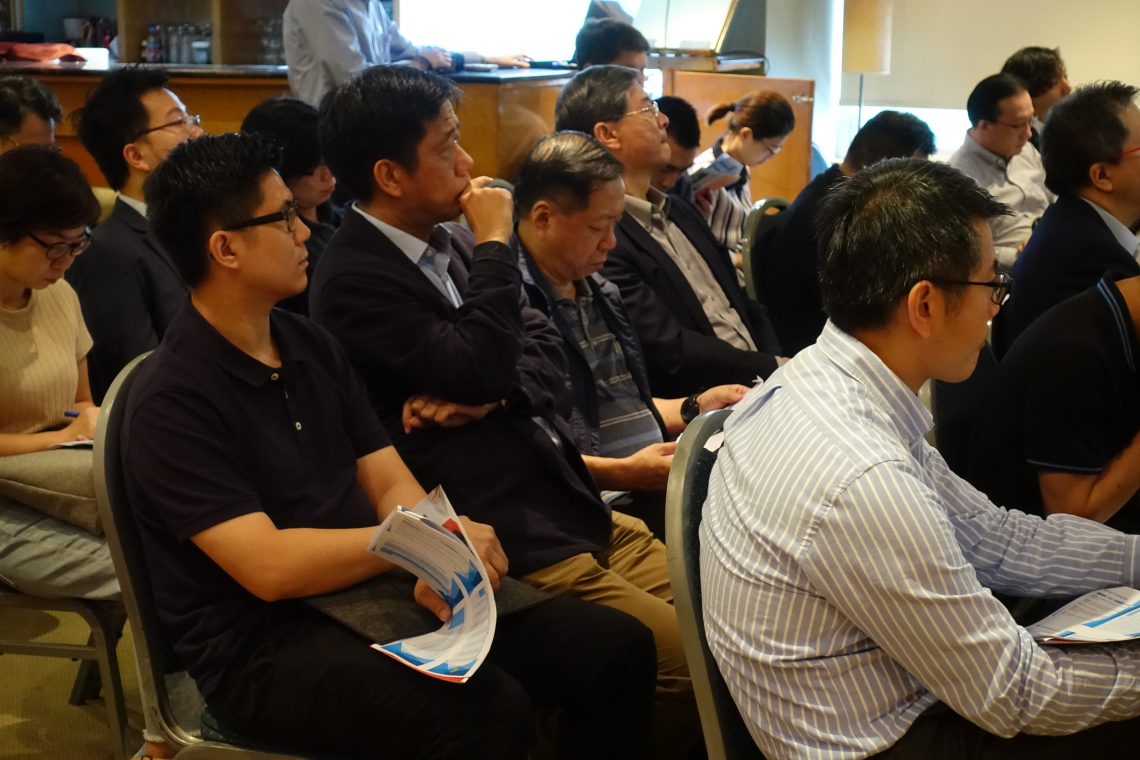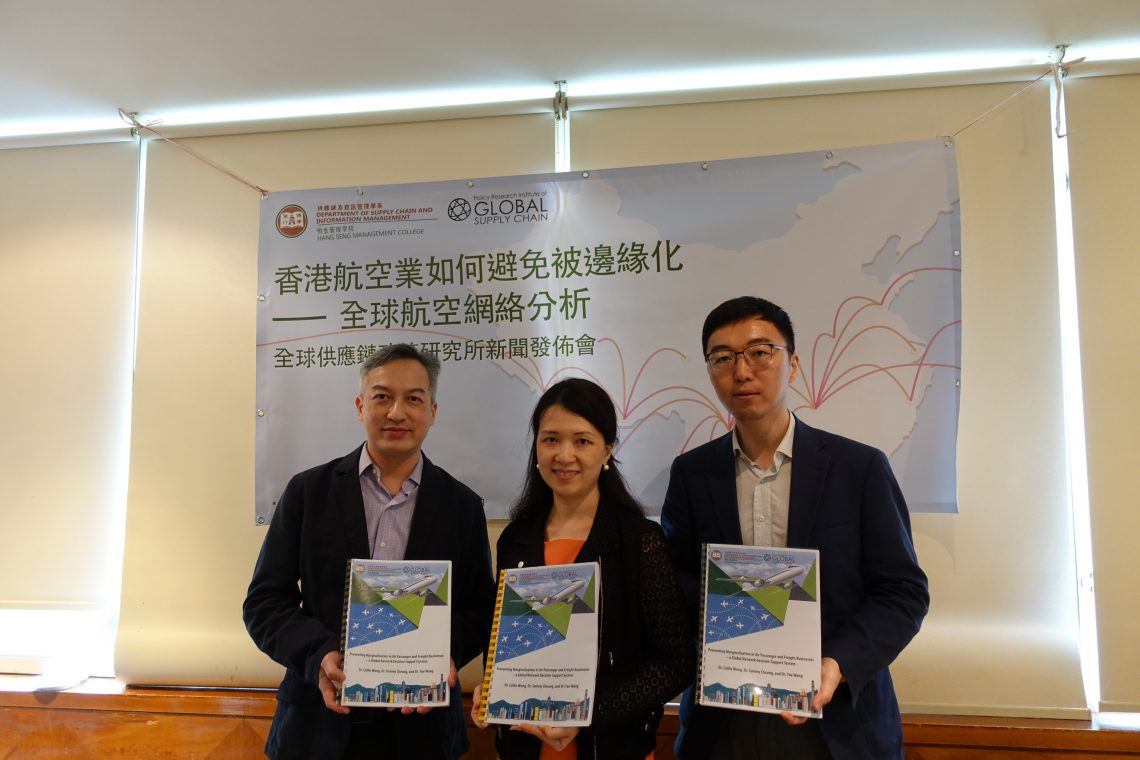16 June 2017
Recognising the interlock between aviation and regional development, and the tremendous challenges Hong Kong aviation sector is facing, particularly from its Pearl River Delta (PRD) neighbours; a research team led by Dr Collin Wong has conducted an in-depth research based on global network analysis. Research findings were released at a press conference held on 16 Jun 2017.
Dr Wong, together with Dr Tommy Cheung and Dr Yue Wang, explained the evolution of the global aviation network in the past decade. Through the establishment of a Global Aviation Centrality Index (GACI), they examined and confirmed some latest aviation phenomena such as hub-bypassing, rapid passenger growth at secondary airports, and low-cost carriers’ (LCCs) bigger share of passenger traffic among all types of airport. The research also utilised Bayesian network analysis to identify relationships among factors affecting global air traffic volume. Interactions and relationships between passenger and cargo traffic were also investigated.
The speakers mentioned that the growth rate of Hong Kong International Airport (HKG) has been constantly below the average growth rate when compared with other PRD airports. Although HKG is still the prime airport in terms of annual passenger movement, its number of routes has already been surpassed by Guangzhou Baiyun International Airport (CAN). If other PRD airports maintain their current growth trends, it is predicted that CAN will overtake Hong Kong’s regional lead in passenger movement in as few as several years.
In addition, the research team has developed a decision support system (DSS) to assist policy makers and stakeholders to make timely decisions relevant to aviation planning and development, and to strengthen Hong Kong’s aviation competitiveness in the long run. With the research findings and the assistance of DSS, the research team has made several recommendations to help HKG maintain its regional leadership in the aviation sector; such as revising existing routes and identifying new routes with greatest potential, strengthening its competitiveness as a transit hub, increasing airfreight volume, providing a variety of services to attract local customers, collaborating with other PRD airports, relaxing constraints and better utilising available air space.
The project was supported by the Public Policy Research Funding Scheme of the Central Policy Unit, and the Faculty Development Scheme of the University Grants Committee.

